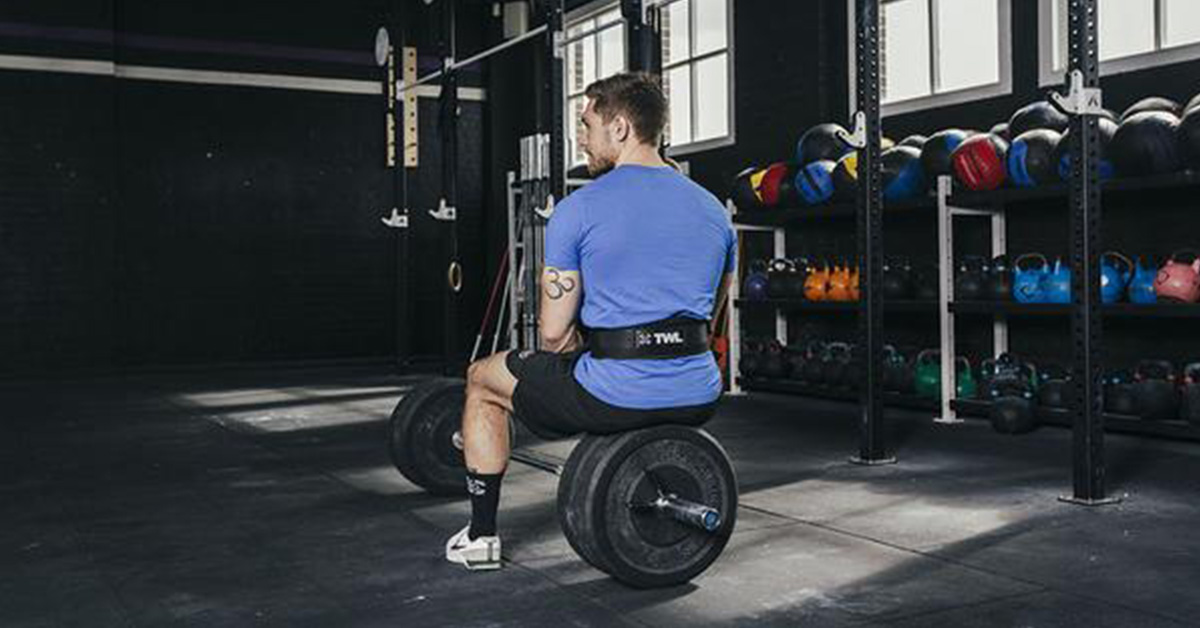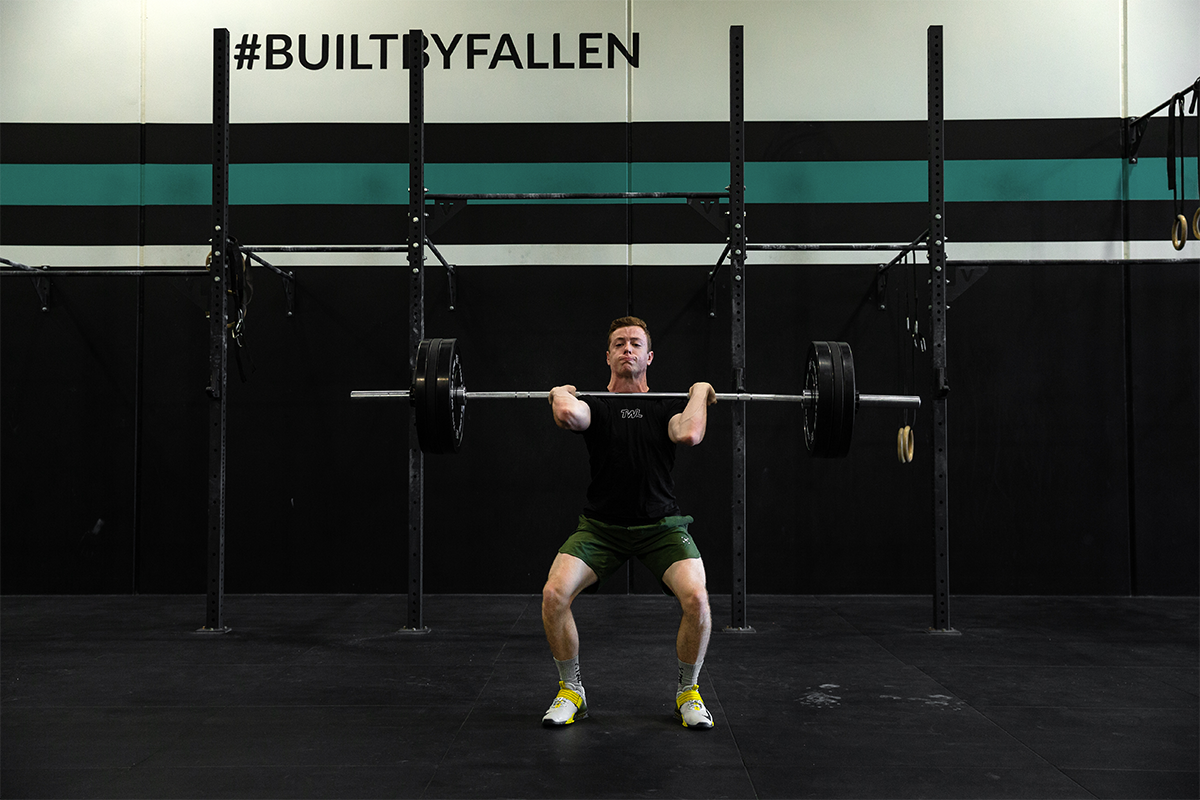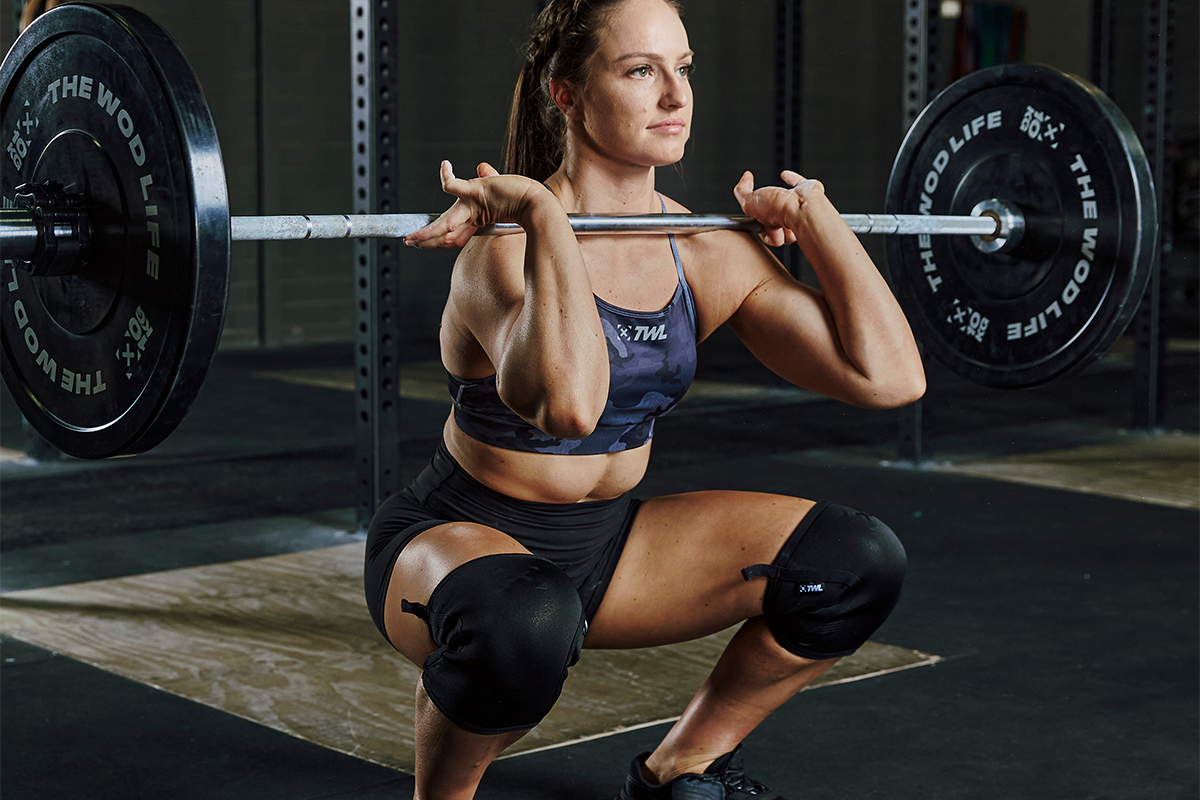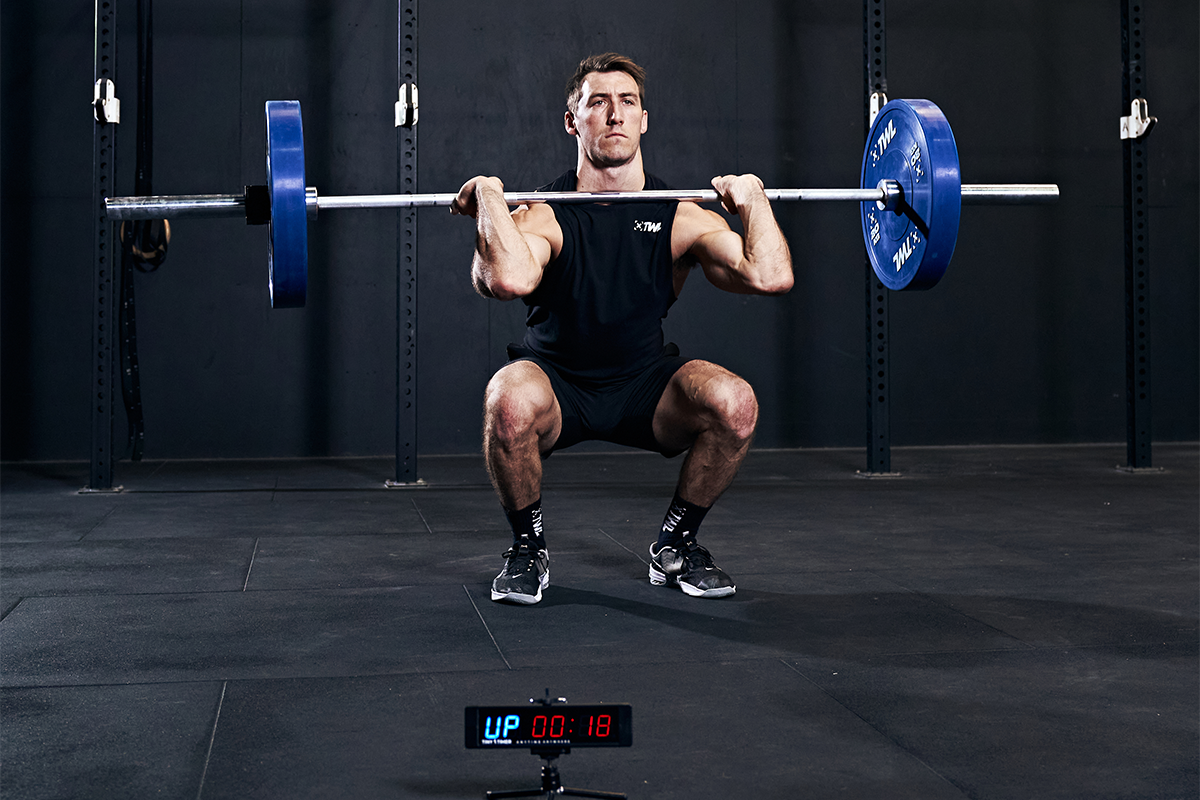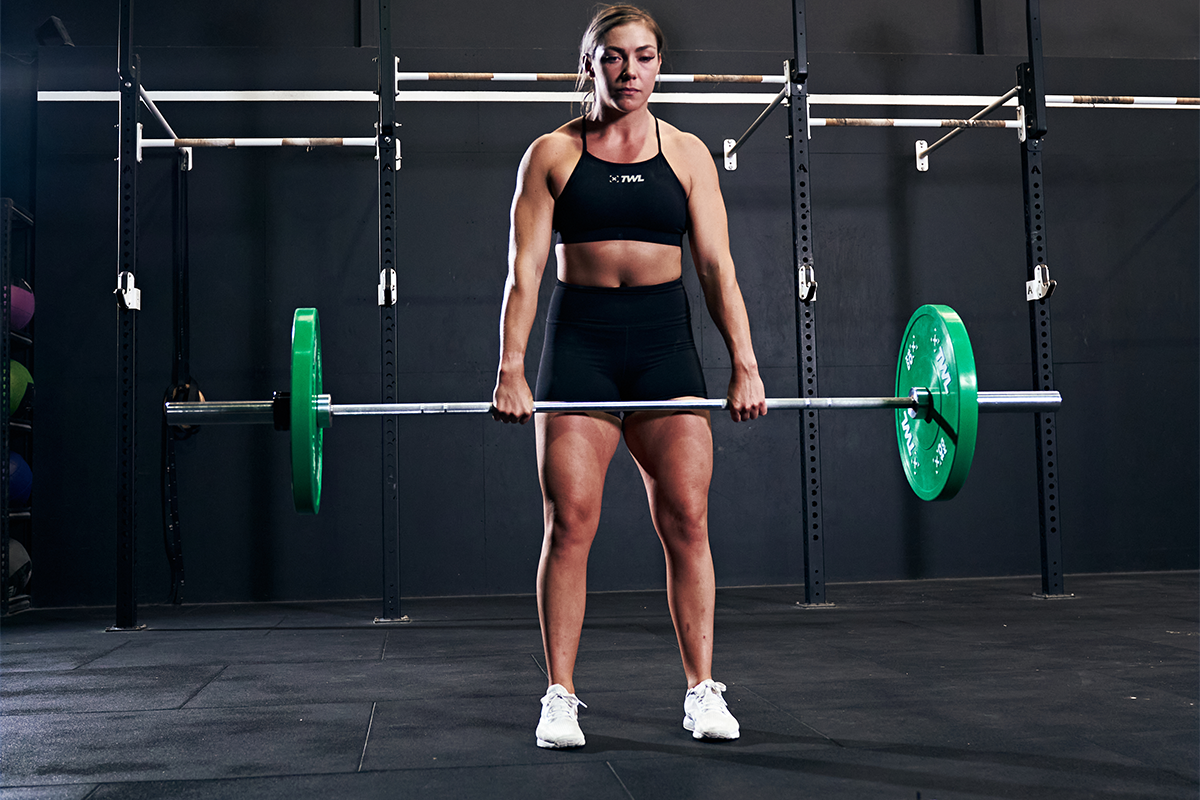If you watched the live announcement of 20.4, you probably saw the athletes eventually gear up with their weightlifting belts to tackle those heavier clean and jerks. It’s for a good reason: Belts are a total game-changer when it comes to heavy lifts. Here’s what you need to know.
To get stronger, you need to lift heavier. To lift heavier, you need to wear a belt — but that’s a controversial statement in the fitness world. Often considered a detrimental “band-aid” in an athlete’s fitness routine, belts get a bad reputation. When used in excess, they can make even the lean and strong, lazy or sloppy. But weightlifting belts can also be a helpful tool in getting an athlete closer to a new PR in a safe way.
Like any tool, in order to be most effective, they need to be used in the right way at the right time. From why athletes should consider wearing a belt at all, to what athletes should look for when buying one, here’s your ultimate guide to using a belt.
Why Wear a Belt?
Belts add stability in your core for your heavy lifts. The diaphragm divides the torso into two “compartments.” The upper compartment, called the thorax, contains the lungs, heart, thoracic vertebrae and the rib cage. When a person holds their breath, the pressure from the expanded rib cage helps to stabilize the lumbar spine and keep them upright.
But in the lower compartment, which contains the intestines, kidneys and lumbar vertebrae, there is no rib cage, meaning there’s nothing solid to create pressure against the lumbar spine and help you stay upright to stand up your lift. That’s where a weight belt comes in.
It acts as an artificial rib cage. It gives the abdominal muscles something to push against when an athlete takes a deep breath, thereby replicating that same abdominal pressure back against the lumbar spine to keep it stable under a load.
When to Wear a Belt
This is where belts have the potential to hurt more than help.
Weight belts should be worn only when athletes are using a weight at or higher than 85% of their maximum. Otherwise, an athlete’s core and abdominal muscles are going to weaken because the belt is doing the work they are capable of for them.
Now, that’s your everyday training. But you should also consider unique workouts like 20.4. The sheer number of reps in addition to the weight in addition to the duration of this workout make it a good candidate for a belt.
This means that for 20.4, you should consider belting up for the heavier weights toward the end.
What to Look For in a Belt
Weightlifting belt shapes, sizes, materials, and thickness are as varied as the athletes you’ll see looking around your gym.
A thicker belt offers more rigidity, meaning more stability in your lower core for heavier lifts. This helps in particular with less dynamic lifts like squats or deadlifts.
When it comes to the width of a belt, it should rest over the abdominals and lower back. It’s important a belt still allows movement of the upper torso. That means the belt’s full support is positioned lower where it is most needed.
How to Wear Your Belt
Wear your belt where it does not get in the way of your lift. The bottom of the belt should not get wedged into your hips when they are flexed, nor should the top of the belt push against your ribs. The tighter the fit, the more pressure and stability for the lift; but other than that, the comfort level is based on the individual athlete’s personal preference.
Important tips regarding your belt:
- Try to keep your time wearing a fully-tightened belt to under a minute. It can make breathing difficult and put too much pressure on your back for long periods of time.
- Belts don’t protect you against poor lifting technique. Know your basic movements and practice your drills as needed to ensure correct form, with or without a belt.
- Belts also don’t fix a generally weak back. While they give you that extra boost for heavier lifts, you should always be working to strengthen those muscles without a belt.
What Does All of This Mean for 20.4?
With so many option, what belt should you consider for 20.4? Here’s one recommendation.
https://www.instagram.com/p/B4Tpo_rnIfg/
The Schiek weightlifting belt gives you ample protection and support without obstructing your movement. It’s easy to adjust, fasten, and remove — perfect for a timed chipper like 20.4. Schiek is a trusted name in weightlifting and has certainly made itself known in CrossFit, too.

